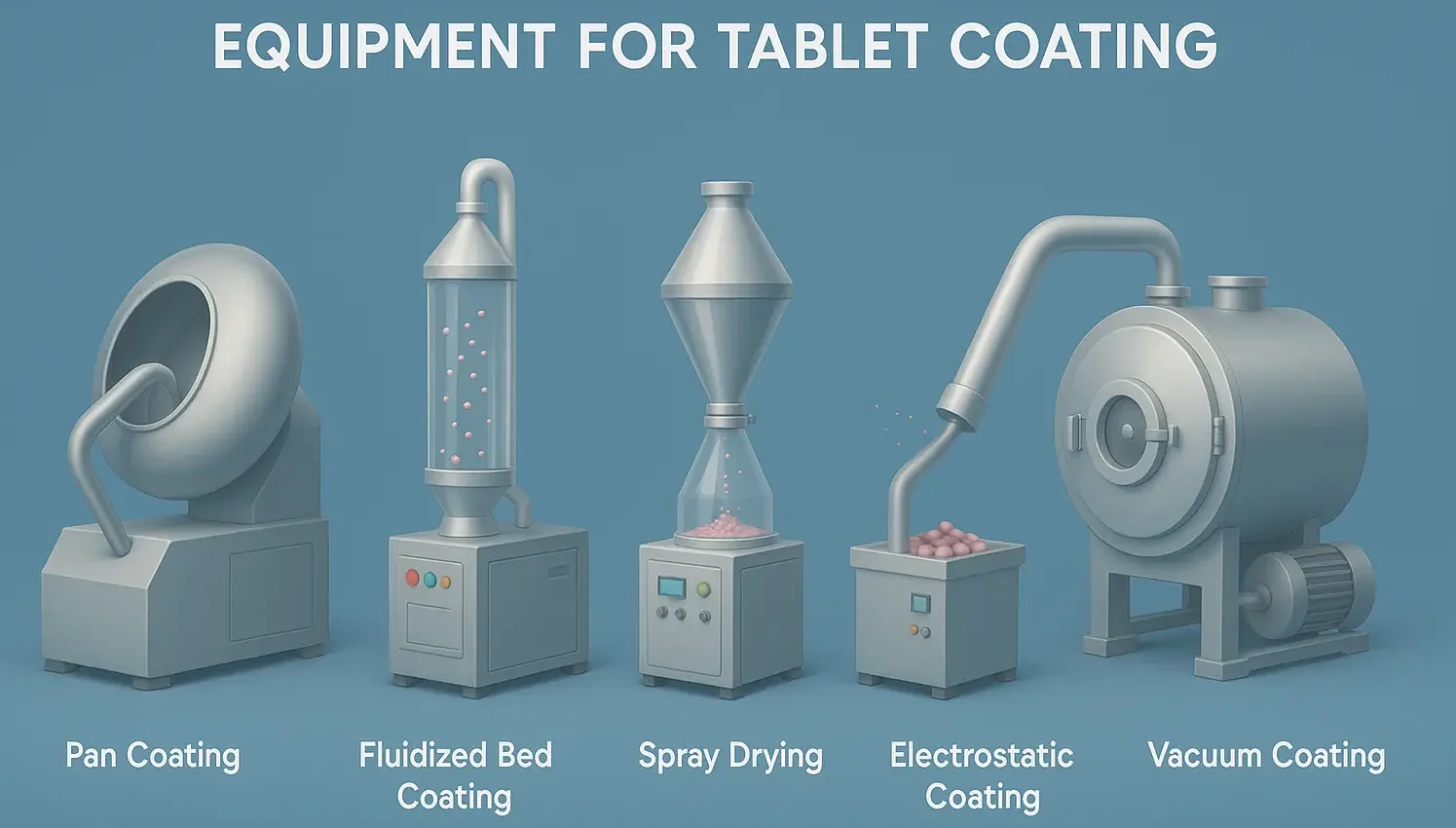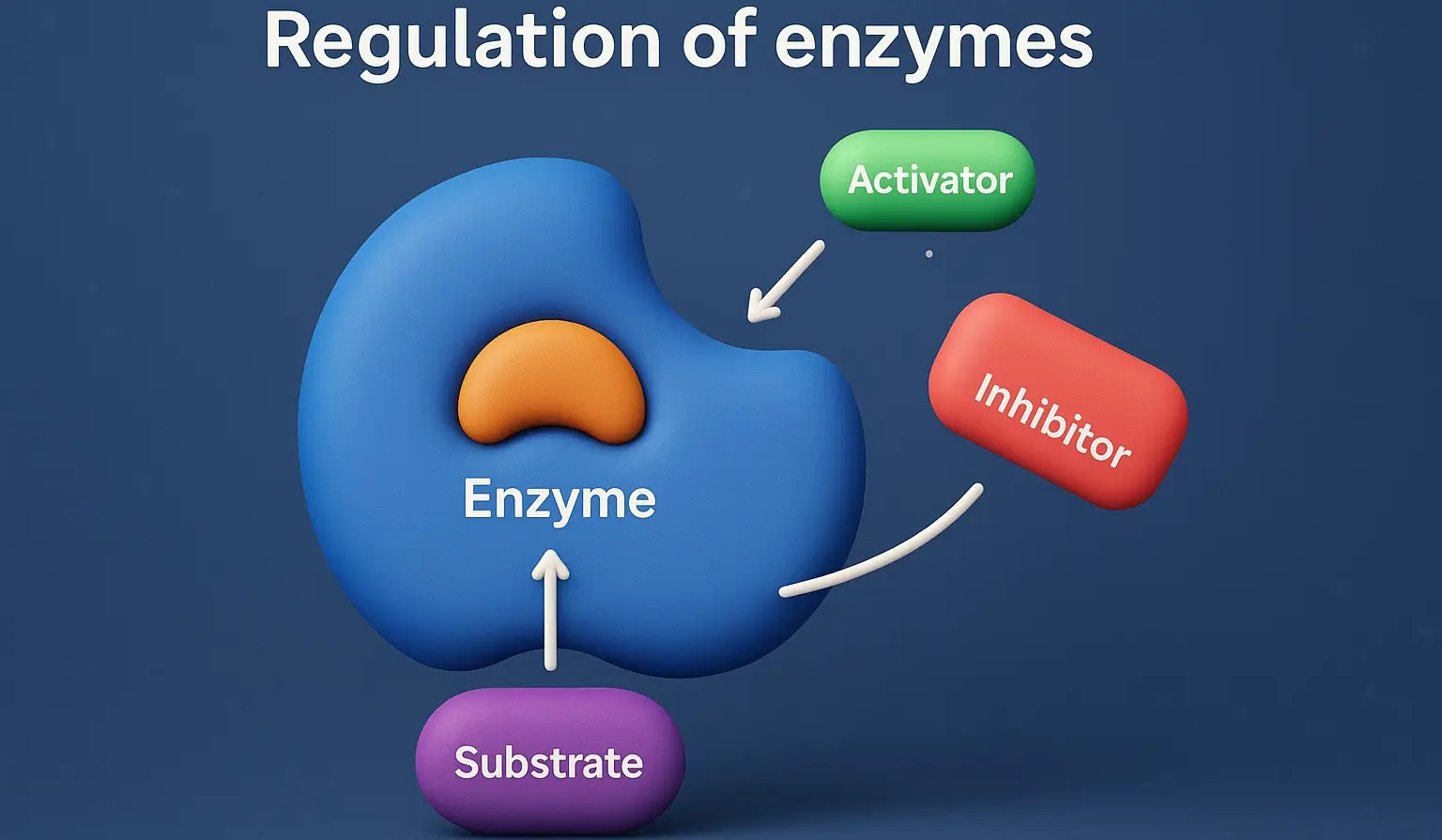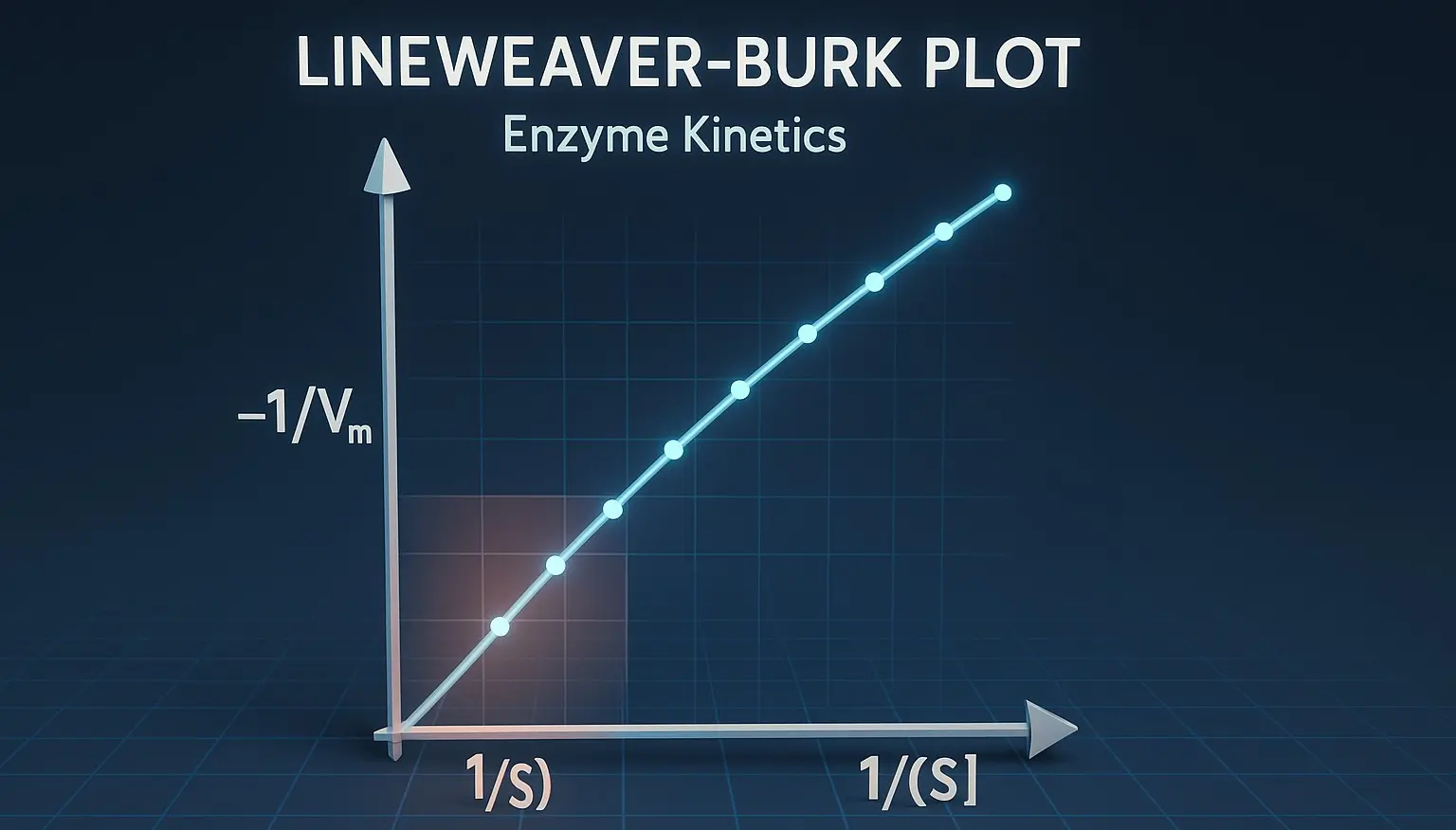Defects in Coating
Defects in Coating refer to imperfections like peeling, cracking, or capping that affect tablet appearance or functionality. These result from formulation errors, equipment issues, or process deviations. It compromises product quality, stability, and patient acceptability. Several problems can occur during the process, affecting the tablet’s appearance, performance, and patient acceptability. Common Coating Defects: Capping: Partial … Read more










